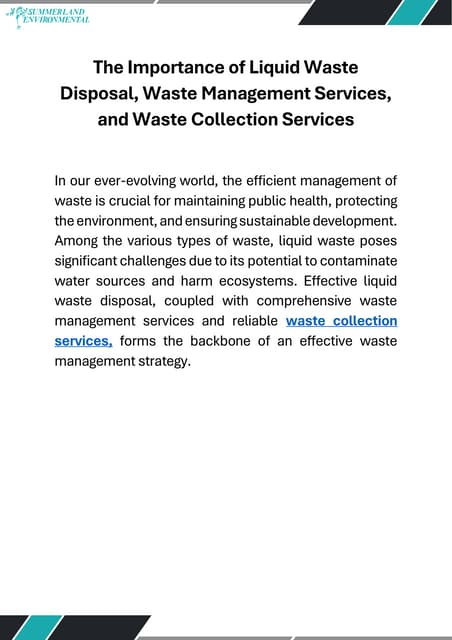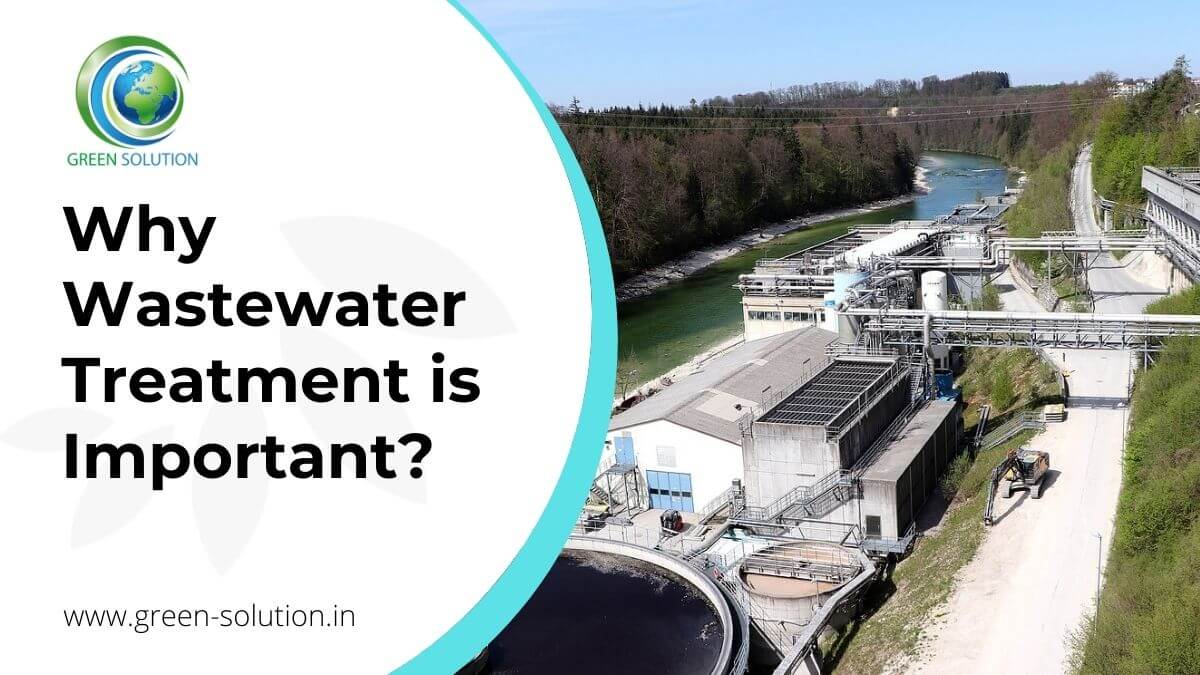A Biased View of Reclaim Waste
Table of ContentsReclaim Waste Can Be Fun For AnyoneThe Facts About Reclaim Waste RevealedSome Known Incorrect Statements About Reclaim Waste Some Known Details About Reclaim Waste Reclaim Waste Fundamentals Explained
Domestic sewer waste refers to the waste and products from a household septic storage tank. The proper administration and disposal of residential sewage waste call for liquid waste to be transferred to a sewage therapy plant where the proper approaches and tools are used to detoxify and dispose of waste.
Industrial waste commonly consists of prospective dangers, such as combustible materials or a mix of liquid and strong waste items, and calls for an advanced and thorough disposal procedure. The disposal of industrial waste normally involves the purification of waste prior to transport to make certain secure and correct disposal. Industrial waste is developed from results and overflow of industrial processes and production.
This type of waste can not use the exact same sewage administration transportation or procedures as septic or commercial fluids. The hazardous waste administration procedure needs the evaluation and testing of fluid waste prior to it undergoes the disposal process (liquid waste removal). Overflow waste is the liquid waste that originates from overflow and excess stormwater in very booming locations or cities
Drainage waste can trigger contamination and flooding otherwise managed appropriately. Learn more concerning sewage system cleaning and waste administration. Making certain appropriate waste management can avoid disasters and reduce ecological damage. Both people in property setups and specialists in industrial or production markets can gain from understanding the procedures and laws of liquid waste management.
Reclaim Waste for Dummies
Call PROS Providers today to find out about our waste monitoring and disposal services and the correct means to care for the fluid waste you generate.
(https://pxhere.com/en/photographer-me/4429814)Do you recognize what happens to your water when you pull the plug, purge the commode or drain pipes the washing equipment? No? Well, it's worth recognizing. This supposed 'wastewater' is not just an important resource however, after treatment, will be released to our land, waterways or the ocean. Utilized water from toilets, showers, baths, kitchen area sinks, laundries and industrial procedures is called wastewater.

water made use of to cool machinery or clean plant and equipment). Stormwater, a type of wastewater, is drainage that flows from agricultural and metropolitan locations such as roofs, parks, yards, roads, paths and gutters into stormwater drains, after rainfall. Stormwater streams neglected straight to local creeks or rivers, eventually getting to the sea.
Reclaim Waste for Dummies
In Queensland, most wastewater is treated at sewage treatment plants. Wastewater is moved from residential or industrial websites through a system of sewers and pump terminals, known as sewerage reticulation, to a sewage treatment plant.
The Division of Natural Resources suggests city governments concerning managing, operating and keeping sewage systems and therapy plants. In unsewered locations, city governments might need owners to set up specific or family sewer treatment systems to treat domestic wastewater from commodes, kitchens, washrooms and washings. The Department of Natural Resources authorises making use of house systems when they are proven to be reliable.
The majority of stormwater obtains no therapy. In some brand-new neighborhoods, therapy of some stormwater to eliminate litter, sand and gravel has started using gross contaminant traps. Wastewater treatment occurs in four phases: Removes solid matter. Bigger solids, such as plastics and various other things incorrectly released to sewers, are gotten rid of when wastewater is gone through screens.
Wastewater then streams right into large storage tanks where solids clear up and are eliminated as sludge. Grease and scum are skimmed from the surface. Utilizes small living organisms referred to as micro-organisms to damage down and get rid of remaining liquified wastes and great particles. Micro-organisms and wastes are included in the sludge. Eliminates nitrogen and phosphorus nutrients that could cause algal blooms in our rivers and endanger aquatic life.
The Facts About Reclaim Waste Revealed
Nutrient removal is not available whatsoever sewer treatment plants due to the fact that it needs pricey specialised devices. It is ending up being much more usual in Queensland. Clear fluid effluent generated after treatment may still include disease-causing micro-organisms. If this effluent is launched into rivers such as rivers or the sea, the micro-organisms will ultimately die out.

This usually indicates wastewater needs to be dealt with or contaminants gotten rid of prior to it can be released to waterways. Most wastewater flows right into the sewerage system. Under the Act, city governments provide approvals and licences for environmentally pertinent tasks (Periods) including wastewater releases that could have a regional effect. The division carries out approvals and licences to Periods including wastewater releases that might have a regional or statewide effect.
Rumored Buzz on Reclaim Waste
Or else, samples are taken for research laboratory evaluation. Often many examinations are needed to establish the levels of each of the read here various contaminants such as oils, heavy metals and chemicals in water. Monitoring gives valid info concerning water quality and can validate that permit problems are being met. The info gotten with monitoring supplies the basis for making water high quality decisions.